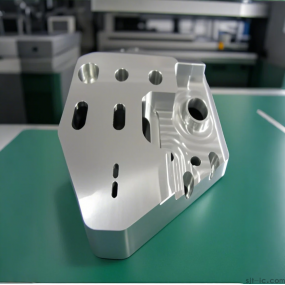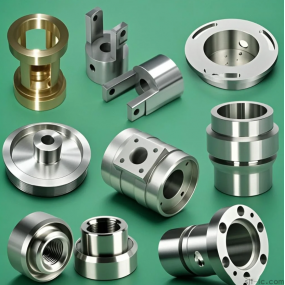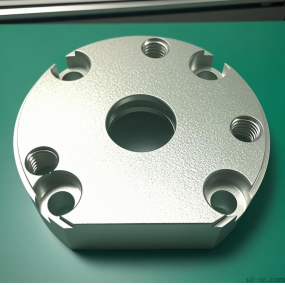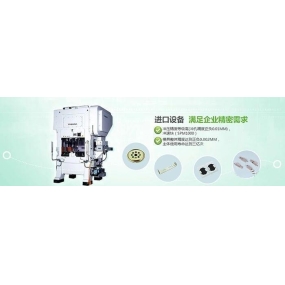The volume of the filter is related to the rated working voltage, working current, cutoff frequency, insertion loss and manufacturing process of the filter. Filters with basically the same electrical performance have different volumes due to different manufacturing processes. When the electrical performance is close, the larger filter is cheaper (suitable for occasions with large installation space). The frequency point where the insertion loss of the filter is greater than 3dB is called the cutoff frequency of the filter. When the frequency exceeds the cutoff frequency, the filter enters the stopband. In the stopband, the interference signal will be greatly attenuated. Depending on the occasion where the filter is used (signal cable filtering or power line filtering), two methods can be used to determine the cutoff frequency of the filter. When filtering the signal cable, it is determined according to the bandwidth of the effective signal. The cut-off frequency should be greater than the bandwidth of the signal, so as to ensure that the useful signal is not attenuated. When filtering the power line or DC signal line, the effective signal frequency is very low, and the problem of signal distortion is not the main factor. Therefore, it is mainly determined according to the frequency of the interference signal, so that the interference frequency should all fall within the stopband of the filter.
Hello! Welcome to EMAR's website!
 English
English » »
» »
 Spanish
Spanish Arabic
Arabic French
French Portuguese
Portuguese Belarusian
Belarusian Japanese
Japanese Russian
Russian Malay
Malay Icelandic
Icelandic Bulgarian
Bulgarian Azerbaijani
Azerbaijani Estonian
Estonian Irish
Irish Polish
Polish Persian
Persian Boolean
Boolean Danish
Danish German
German Filipino
Filipino Finnish
Finnish Korean
Korean Dutch
Dutch Galician
Galician Catalan
Catalan Czech
Czech Croatian
Croatian Latin
Latin Latvian
Latvian Romanian
Romanian Maltese
Maltese Macedonian
Macedonian Norwegian
Norwegian Swedish
Swedish Serbian
Serbian Slovak
Slovak Slovenian
Slovenian Swahili
Swahili Thai
Thai Turkish
Turkish Welsh
Welsh Urdu
Urdu Ukrainian
Ukrainian Greek
Greek Hungarian
Hungarian Italian
Italian Yiddish
Yiddish Indonesian
Indonesian Vietnamese
Vietnamese Haitian Creole
Haitian Creole Spanish Basque
Spanish Basque












